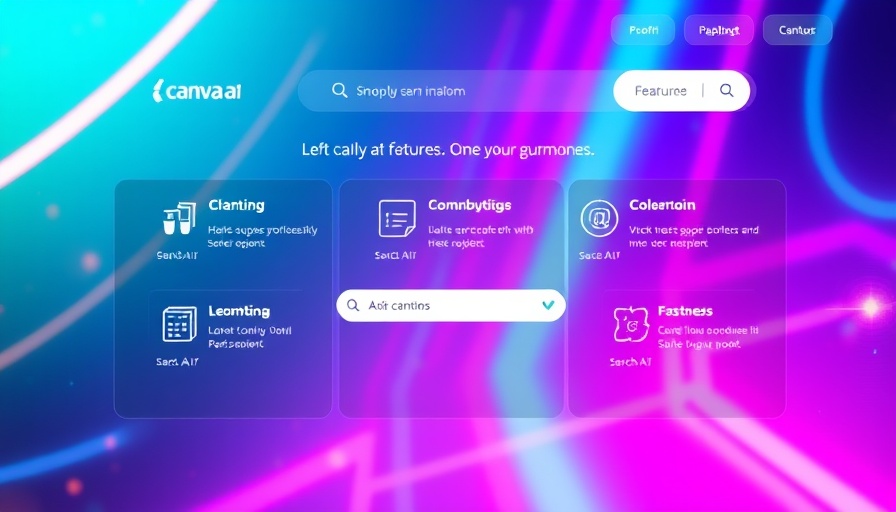
Introducing MLE-STAR: A Game-Changer for Small and Medium Businesses
In the world of technology and business, machine learning (ML) is transforming how we operate daily. For small and medium-sized businesses (SMBs), understanding and implementing machine learning can be a daunting yet necessary challenge. However, with the introduction of MLE-STAR—a state-of-the-art machine learning engineering agent—this task just became a lot more manageable.
The Need for Automation in Machine Learning
SMBs often struggle with the complexities of ML tasks, which usually involve a lot of trial and error due to the rigorous experimentation and coding needed to develop effective models. Until recently, machine learning engineering agents had limitations; they depended heavily on pre-existing knowledge and often gravitated towards common solutions. This meant missed opportunities and inefficient model-building processes.
How MLE-STAR is Different
MLE-STAR stands out by incorporating web search capabilities to gather relevant models and solutions from the internet. It dives into extensive data analysis, honing in on specific areas within the code that need improvement, rather than making wide-ranging changes all at once. This focused approach leads to better optimization, allowing businesses to harness the power of machine learning technologies without the headache of traditional coding challenges.
Real-World Impact on Small Businesses
Imagine a small retail company using MLE-STAR to analyze customer purchase data. MLE-STAR could automate the data processing and identify patterns, leading to more effective marketing strategies and inventory management. This is not just a theory; in competitions like Kaggle, MLE-STAR has proven its mettle, winning medals in 63% of cases under MLE-Bench-Lite. This performance translates into real-world applications that can enhance business capabilities significantly.
Benefits of Embracing MLE Technology
For SMBs, the benefits of using MLE-STAR are twofold: first, the automation reduces the reliance on technical expertise, making machine learning accessible for even those with limited tech experience. Second, the enhanced model accuracy can lead to increased customer satisfaction and retention. In short, embracing MLE-STAR can streamline your operations significantly, helping you focus on what you do best—serving your clients.
Looking Ahead: The Future of Machine Learning for Businesses
As we look toward the future, the integration of advanced ML technologies like MLE-STAR will only become more critical. Businesses that adapt to these changes will gain a considerable edge in their industries. The ability to leverage data effectively is no longer just a nice-to-have; it's becoming a necessity for survival in our data-driven world.
Taking Action: Embracing MLE-STAR
As a small or medium business, now is the time to consider how ML can be integrated into your operations. With tools like MLE-STAR available, you can leverage its capabilities to uplift your business processes, enhance your decision-making abilities, and ultimately drive more significant growth.
Final Thoughts
The introduction of MLE-STAR marks a significant advancement in making machine learning accessible for everyone, especially small and medium businesses. By investing in such innovative technology, you empower your team to optimize performance and enhance productivity. Start exploring how MLE-STAR or similar solutions can fit into your business strategy today!
 Add Row
Add Row  Add
Add 




Write A Comment